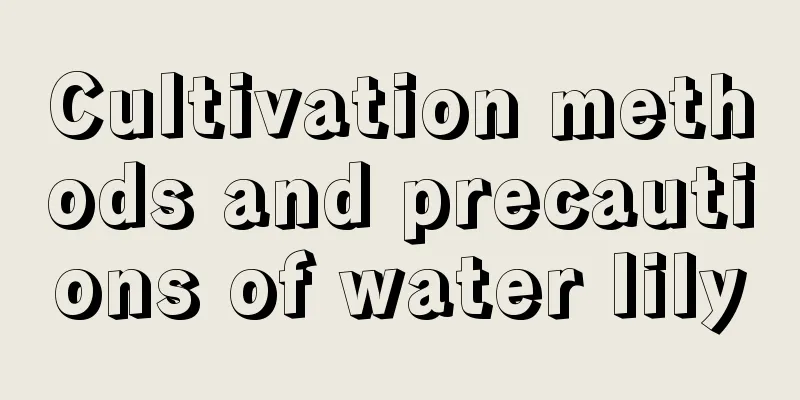What kind of nutrient soil should be used for Clivia and how to prepare it

1. What kind of nutrient soil should be used for CliviaHumus soil: The biggest feature of humus soil is that it contains very rich humus, which can provide sufficient nutrients for the growth of Clivia and is a very good matrix. The disadvantage is that the fermentation process is rather cumbersome, requiring the collection of fallen leaves, weeds and an appropriate amount of animal manure, mixing them with the soil, compacting them and covering them with mud. Wait for half a year and turn the pile over, and then use it in the second year when it is fully decomposed. Leaf mold: Like humus soil, it contains very sufficient nutrients and has strong permeability. This type of substrate soil is relatively loose, and has strong drainage and air permeability, making it very suitable for preparing nutrient soil for Clivia. It is easier to obtain than humus, and can be obtained from the forest surface. Peat soil: Peat soil itself is not soil, but it has a very good cultivation effect. It has good water and fertilizer retention capabilities and air permeability, making it suitable for the growth of Clivia. In addition, it is rich in humic acid, which can promote the healing of plant wounds and is very helpful for the recovery of plants after root pruning. Ash: It refers to the slag remaining after coal burning. It has a loose texture and has good drainage and ventilation functions. And it contains some trace elements that can promote the growth of plant roots. In addition, since this matrix is processed at high temperature, there is no need to worry about bacteria. River sand: This type of substrate has good drainage and can inhibit the growth of mold to a certain extent, reducing the chance of plants becoming sick due to bacteria or fungi. 2. How to prepareYou can prepare nutrient soil by mixing leaf mold and river sand in a ratio of 2:1. This preparation method can not only ensure that the culture soil has a certain amount of nutrients, but also has better drainage capabilities. You can also mix it with leaf mold, pine needles, river sand and base fertilizer in a ratio of 5:3:1:1. The nutrient soil prepared in this way will be of better quality. |
<<: Introduction to cherry varieties, pictures of cherries
>>: What fertilizer to use for Clivia and how to prepare it
Recommend
Key points of apple tree management technology in September
September is a critical period for apple tree man...
How many years does it take for camellia to bear fruit?
Camellia has been planted for several years and h...
How to keep the dry branches of snow willow and how long can they live (how long does it take for the dry branches of snow willow to bloom in water culture)
Introduction to Dry Branch Snow Willow Dry-branch...
How to make pansies bloom and how to prune them after they bloom
1. How to make the pansy bloom 1. Prepare a suita...
Differences between daffodils and amaryllis
1. Different bulbs Daffodils and Lycoris look sim...
How to propagate Xiuyan succulents and what to pay attention to
How to breed Xiuyan succulents There are only two...
How to grow a single tree to make it bloom
Flowering time of the twig tree The bachelor tree...
When is the right time to plant garlic?
Garlic is an extremely important daily condiment ...
How to grow the red flower jade quickly
Growth conditions of red flower jade The crimson ...
Does the Sima rhododendron bloom in all seasons?
1. Flowering time Rhododendron Sima is an ornamen...
How to grow Wanchongshan cactus
Wanchongshan is a plant of the cactus family. Bec...
What can't be eaten with apricots?
1. Water chestnut Apricots contain carotene and p...
The world's 10 most deadly plants, oleander is on the list!
Human life is inseparable from plants. Most of hu...
How to plant bamboo to survive? Planting method of transplanting bamboo
Bamboo is slender and upright, emerald green all ...
Is Gardenia poisonous?
1. Is it poisonous? No, this flower has a fragran...









